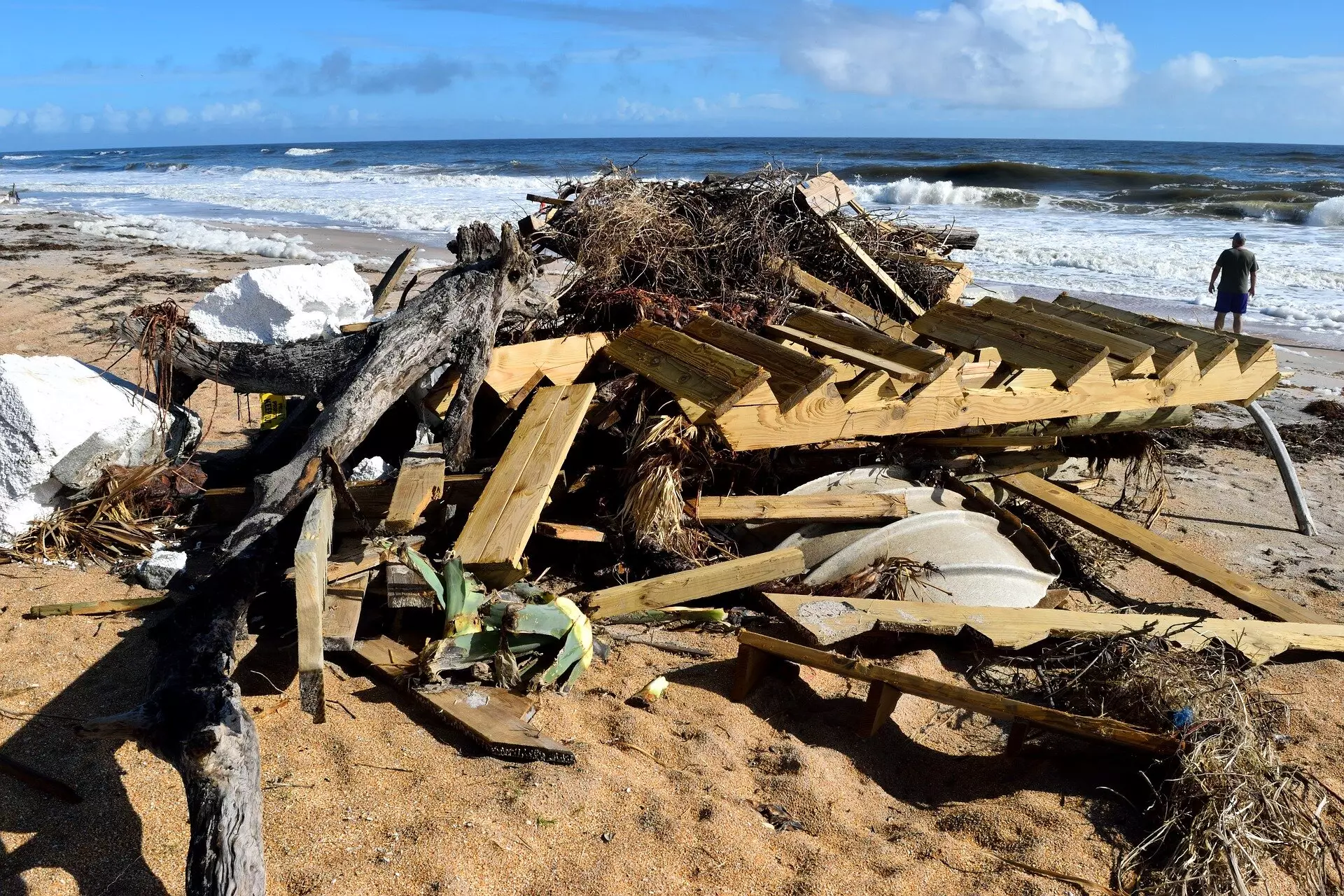Extreme weather events, particularly hurricanes, are increasingly becoming a devastating reality for many regions around the globe. In the United States, the financial burden of these catastrophes has escalated dramatically, accumulating approximately $2.6 trillion in damages from 1980 to 2023, as reported by the National Oceanic and Atmospheric Administration (NOAA). The year 2022 alone saw 18 separate disasters costing over $1 billion each, a statistic that underscores the escalating frequency and intensity of such events. Moreover, during the two-decade window from 2000 to 2021, almost 2,000 lives were lost due to hurricanes in the U.S., making stark the urgent necessity for innovations in weather forecasting and disaster readiness driven by the realities of climate change.
As climate change propels the intensity of hurricanes, the ability to accurately predict their paths and impacts becomes paramount. According to experts like Mostafa Momen from the University of Houston, improved forecasting can lead to both lives saved and financial resources preserved by enabling more informed evacuation plans and timely responses from emergency services. Existences of methods that enhance hurricane predictions pave the way for not only better preparation for impending storms but also more strategic allocation of resources during a disaster.
To delve deeper into the dynamics of hurricane forecasting, researchers at the University of Houston, led by graduate student Md Murad Hossain Khondaker under the mentorship of Assistant Professor Momen, sought to investigate the influence of atmospheric friction on the strength and predictability of storms. By utilizing the Pittsburgh Supercomputing Center’s powerful Bridges-2 supercomputer, their research aimed to elucidate the complex interactions that govern hurricane behavior.
The balance that hurricanes strike between harnessing energy from solar radiation and the resistance posed by atmospheric friction is a nuanced topic that has historically not been fully understood. Khondaker hypothesized that varying assumptions about friction could yield substantial alterations to hurricane predictions. Such intricate analyses necessitate considerable computational resources capable of processing extensive datasets, a task well suited to Bridges-2, which generously offered over 300,000 CPU-core hours for the endeavor.
The research team’s simulation exercises included the modeling of Hurricane Irma with remarkable precision, using an eight-kilometer resolution that required 128 processors over a 22-hour period. By exploring the parameters of atmospheric friction, they discovered several pertinent findings. Their research found that lowering assumptions regarding diffusion in hurricane models led to a significant enhancement in the accuracy of hurricane intensity forecasts—up to a 40% improvement compared to standard predictive models.
The implications of these discoveries extend beyond mere statistical improvements; they represent a transformative approach to understanding the behavior of hurricanes. Notably, the adjustments in their models also improved predictions regarding rainfall—an essential element for assessing flood risks, especially in flood-prone urban areas. This insight holds considerable weight, particularly in light of the catastrophic flooding witnessed during historic hurricanes like Harvey and Katrina.
One astonishing revelation from the research was that increased hurricane intensity does not invariably correlate with greater total rainfall; instead, it often results in more localized and intense precipitation events. This distinction is vital for urban planning and disaster readiness, as targeted rainfall can culminate in severe flooding, particularly in densely populated regions featuring impervious surfaces. The findings necessitate a reevaluation of conventional wisdom surrounding hurricane behavior and could inform adaptive strategies for vulnerable areas.
As the reality of climate change continues to influence weather patterns and the frequency of hurricanes, ongoing research and development are essential. By leveraging advanced computational tools to refine prediction models, scientists can substantially improve the preparedness and resilience of communities facing the terrifying threat of hurricanes. The overall aim is not merely to forecast storms more accurately but to provide critical insights that can lead to action and potentially lifesaving measures, creating a future where hurricanes, though formidable, can be met with greater fortitude and foresight.

